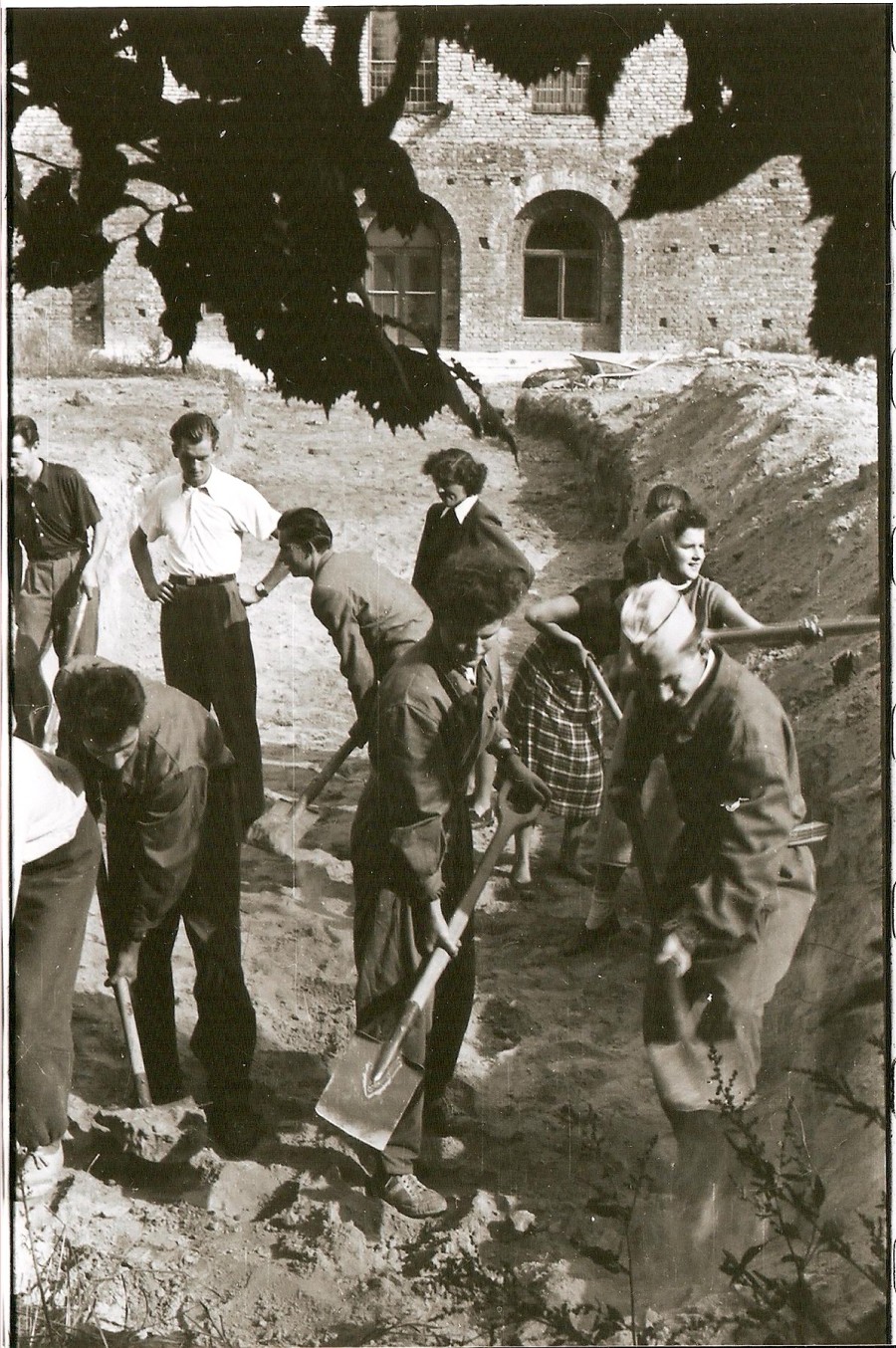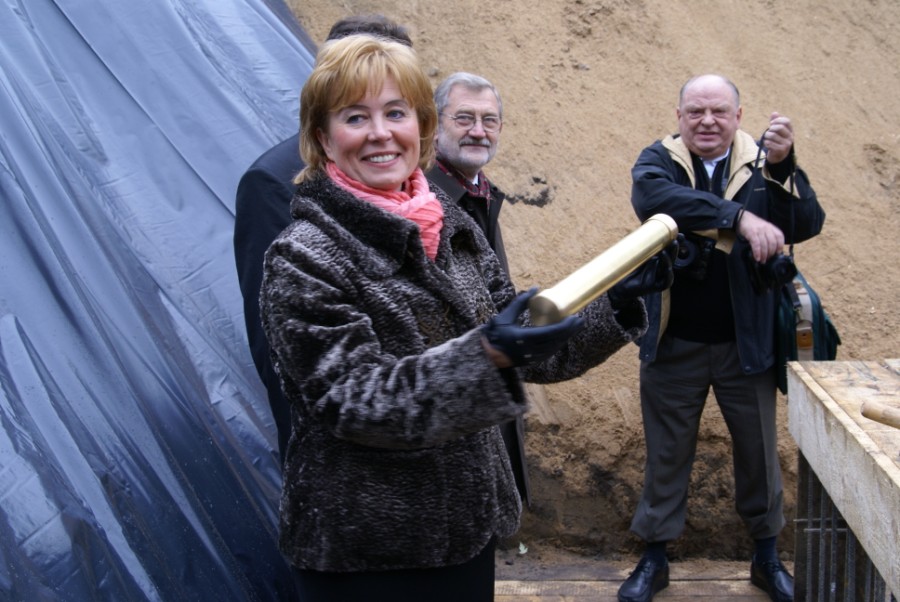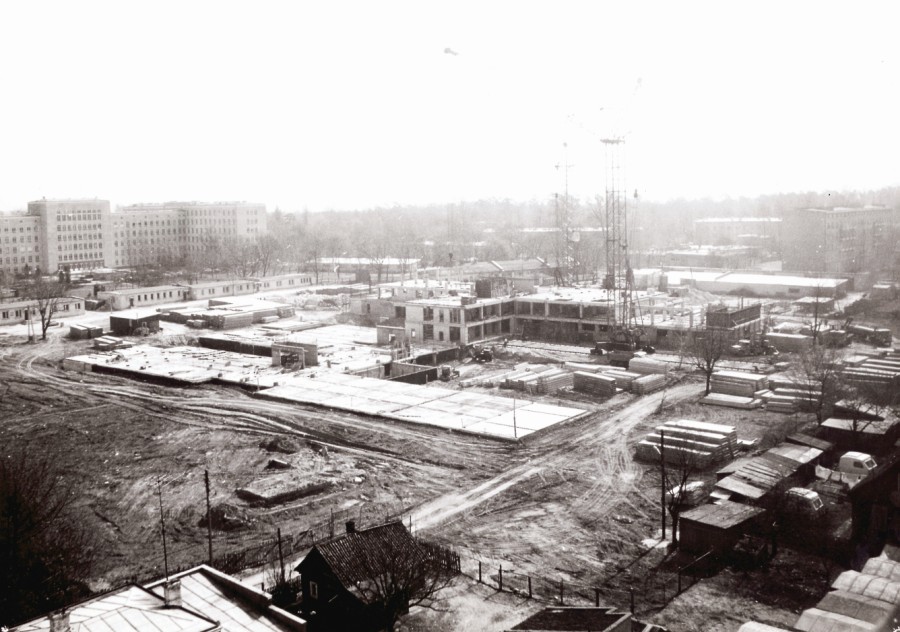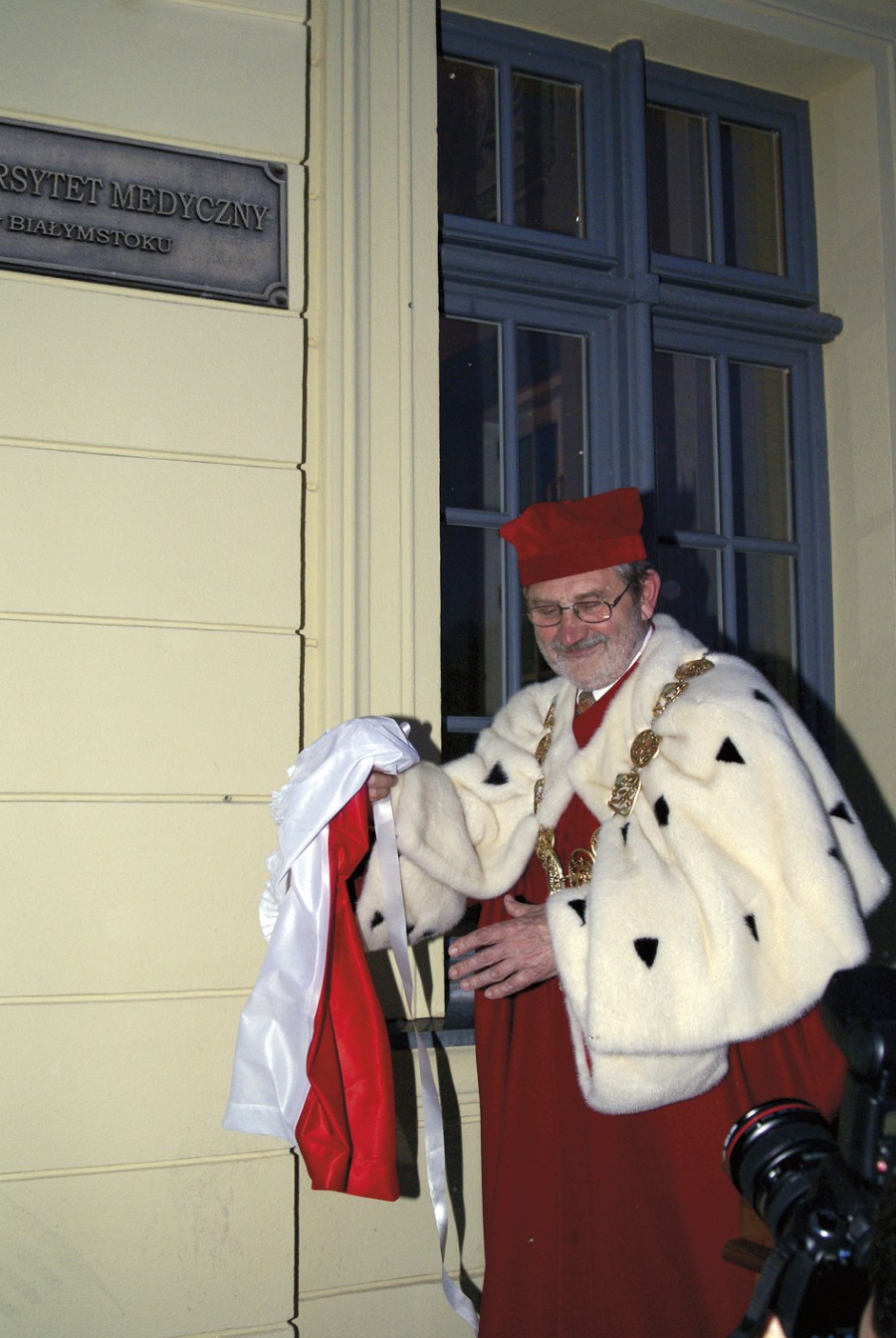The history of the Medical University of Bialystok is the continuation of the 18th century tradition of the practice of medicine and public health care in Bialystok. During that period in history, there was a Palace school for midwives in Bialystok, which was later transformed into the Institute of Obstetrics (one of just a few in Poland), established by Dr. Jakub Michelis in the 19th century. The Institute hosted a clinic that operated both as a healthcare establishment and a teaching facility.
The university was officially founded in 1950 as the tenth Doctors Academy in Poland, soon to be rebranded into the Medical Academy. The Branicki Palace became the main seat of the new institution. Tadeusz Kielanowski, the first Rector of the Medical Academy of Bialystok, came from the Lviv academic community. Many academic teachers were pre-war professors and graduates of universities in Vilnius, Krakow, Poznan, Warsaw, and Lublin.
168 students started their studies at the Faculty of Medicine. Most of the theoretical study departments were housed in a building adjacent to the palace, the today’s Collegium Primum, formerly the Teacher Training College. The buildings originally donated to the University were destroyed in 1944 and the rebuilding process began after World War II . With the establishment of the Medical Academy, even its professors and students helped rebuild and upgrade the destroyed buildings. The hospitals that were open at that time in Bialystok, upon surviving the war, became the clinical base for the new University.
In 1951, the University was granted the authorization to award the Doctor of Medical Science degree. The first students graduated from the Faculty of Medicine in 1955 and each of them was awarded the title of Medical Doctor. The same marked the publication of the first issue of a scientific journal Roczniki Akademii Medycznej w Białymstoku, still published today under a new title: Advances in Medical Sciences.
The initial ten-year period closed with a considerable success of the Medical Academy, which awarded the scientific degree of Doctor of Medical Science for the first time to three graduates of the Faculty of Medicine in 1960. A year later, postdoctoral degrees were awarded for the first time. 1962 marked the opening of the State Teaching Hospital at the Medical Academy of Bialystok. Initially, the Medical Academy offered only one study faculty - the Faculty of Medicine. In 1969, the School expanded its academic interests by opening the Division of Dentistry. Eight years later, the second faculty was established -the Faculty of Pharmacy with the Division of Medical Analytics (currently the Faculty of Pharmacy with the Division of Laboratory Medicine).
 In 1987, the first child conceived through in-vitro fertilization in Poland was born at the Institute of Obstetrics and Gynecology. In the following year, the Children’s Clinical Hospital was opened for patients. The first kidney transplant surgery in Bialystok was performed in 1989.
In 1987, the first child conceived through in-vitro fertilization in Poland was born at the Institute of Obstetrics and Gynecology. In the following year, the Children’s Clinical Hospital was opened for patients. The first kidney transplant surgery in Bialystok was performed in 1989.
In 1999, the Collegium Novum was opened and a Division of Nursing established at the Faculty of Medicine. In 2003, the latter was transformed into the Faculty of Nursing and Health Care (currently the Faculty of Health Sciences).
Many new departments, clinics and laboratories were established in the subsequent years.
At the beginning of the academic year 2011-2012, two new buildings for academic and research purposes were opened: the Euroregional Pharmacy Centre, and the centre of the Faculty of Health Sciences.
The year 2008 was a milestone year for the university, as the act of renaming the Medical Academy of Bialystok to Medical University of Bialystok came into effect on March 22nd. The new University status was assigned to the school as a response to the challenges of the contemporary era and as an accurate representation of the teaching models and research advancement.





